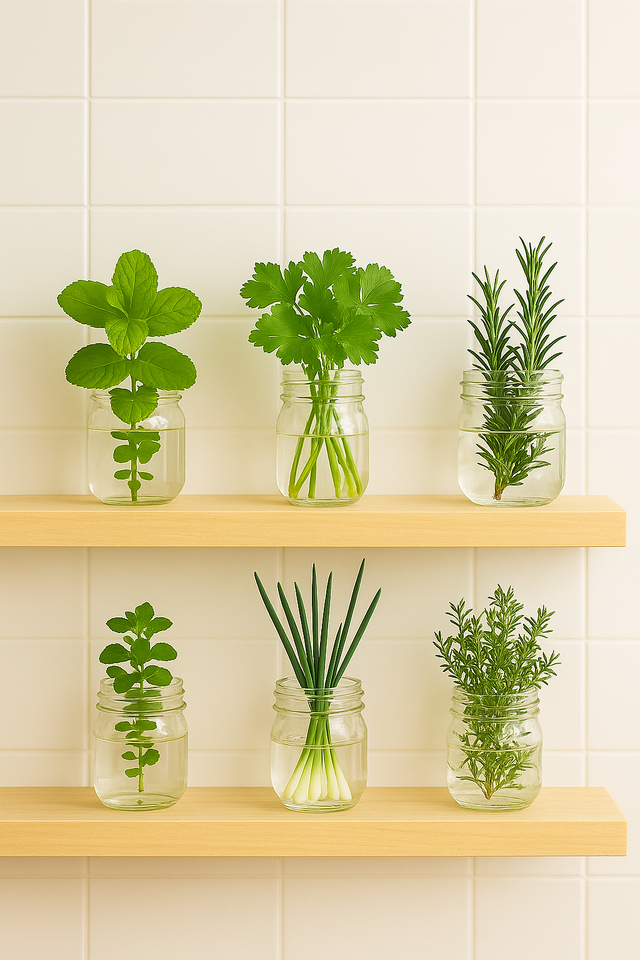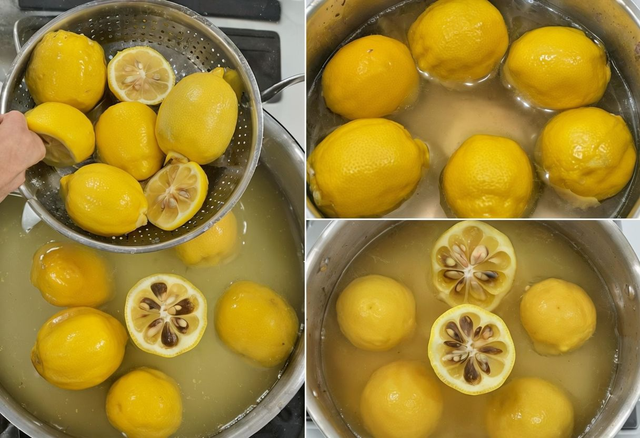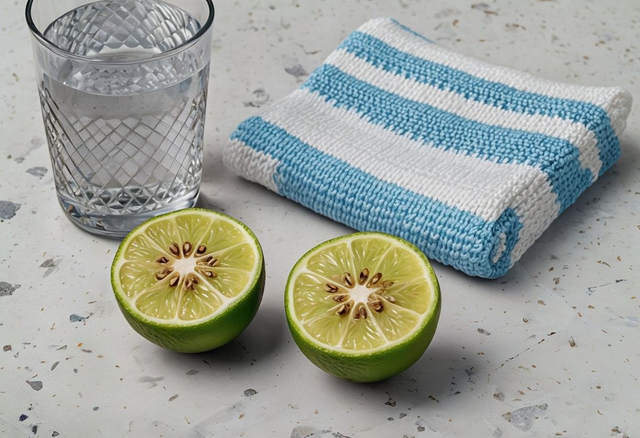
Aromatic herbs: 10 plants to grow only in water all year round.
Paula
- 0
- 19
Herbs: 10 Plants You Can Grow Year-Round in Water
Did you know you can grow herbs in water ?
If you don’t want to fill your kitchen with pots and pans that can dirty the shelves, you can “learn” how to grow your favorite herbs in water.
To do this, you should avoid using tap water . However, if you decide to use tap water, it is essential to air it overnight so that the chlorine can evaporate .
Obviously, it would be advisable to use water that contains trace elements and minerals , such as well water and rainwater.
For this technique, it is necessary to place the plants in dark or amber pots , as the roots are usually in the dark. However, if you only have clear glass jars, you can wrap them in colored paper .
At the same time, by using narrow-necked containers , such as glass bottles, the plants will be able to maintain their upright position.
Read on to find out which plants you can grow in water.

Aromatic herbs: 10 plants to grow in water.
- Basil
Place the pot in a well-lit area after adding clean water. If you don’t want your plant to bloom, you should cut the seedlings with the buds, as this will cause the plant to end its cycle and die. So be careful.
- Tarragon
French tarragon is the most popular in cooking, but there are several types. All your plants should be planted in spring, and their slow growth requires clean, light water.
- mint
Mint is a plant with a high menthol content, a substance that cools but does not cause temperature fluctuations. Simply soak the branches in water to reveal the roots.
- spearmint
This plant also has virtually the same characteristics as the common mint described above.
- Rosemary
This plant takes a long time to establish roots, but it is much more resistant to rot. It is a plant that does not require much care and seems to establish roots earlier if planted in spring.
- Oregano
Rosemary is a staple in most Mediterranean dishes. To grow it in water, simply place it in a pot of water and, observing its growth, pinch off the leaves.
- Stevia
Stevia is perfect for adding to infusions, teas, and desserts. Simply place it in a bright, warm spot.
- Wise
This plant is prone to mold growth, so it should be placed in a cool, airy area. Again, this is a very slow-growing plant.
- thyme
In this case, you should cut the green cuttings and place them in water. The best time to plant cuttings is in spring, and you should place them in water as soon as you cut them. Their extreme thinness will cause them to dry out quickly.
- Verbena
Growing verbena is super simple, but it can be difficult to grow indoors. Simply cut the plants in spring and soak them in water. Then place them in a bright spot and wait 4 weeks for the roots to appear. Note: it needs regular watering.
W the green thumb.


